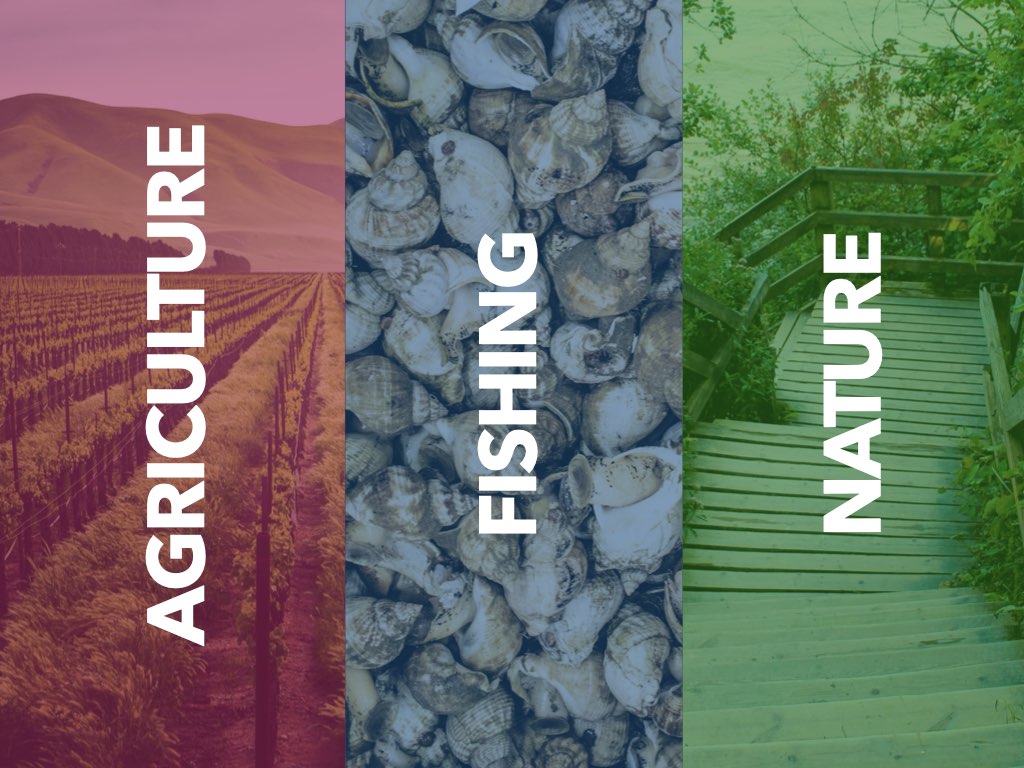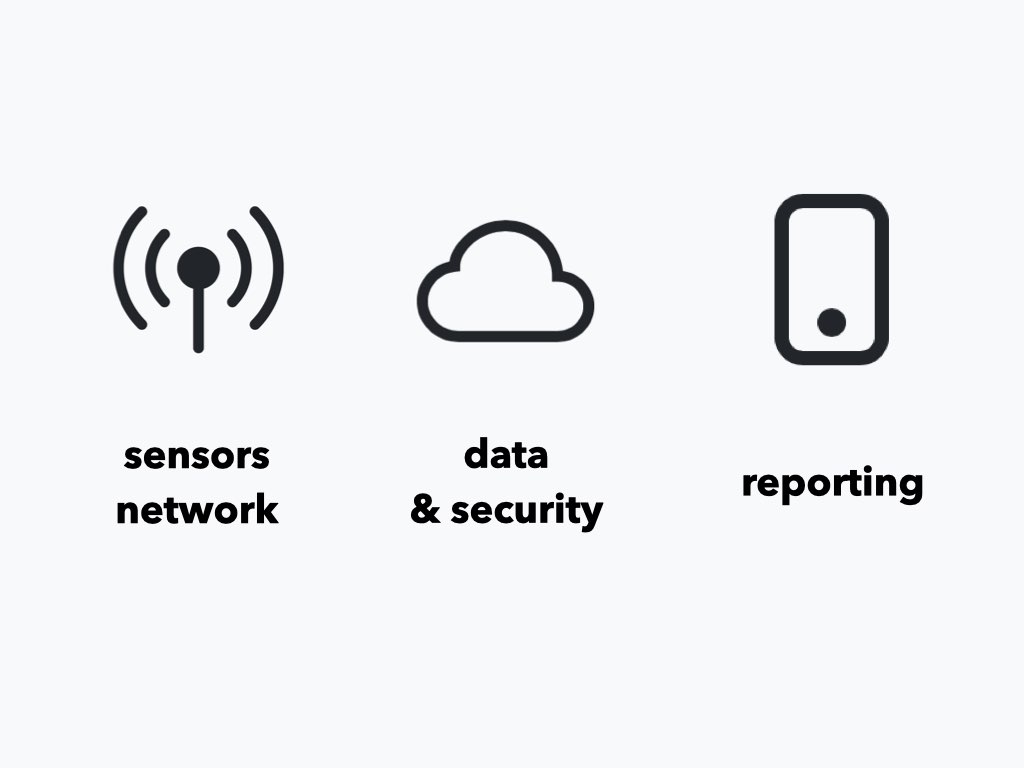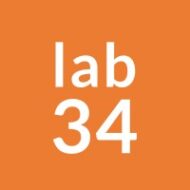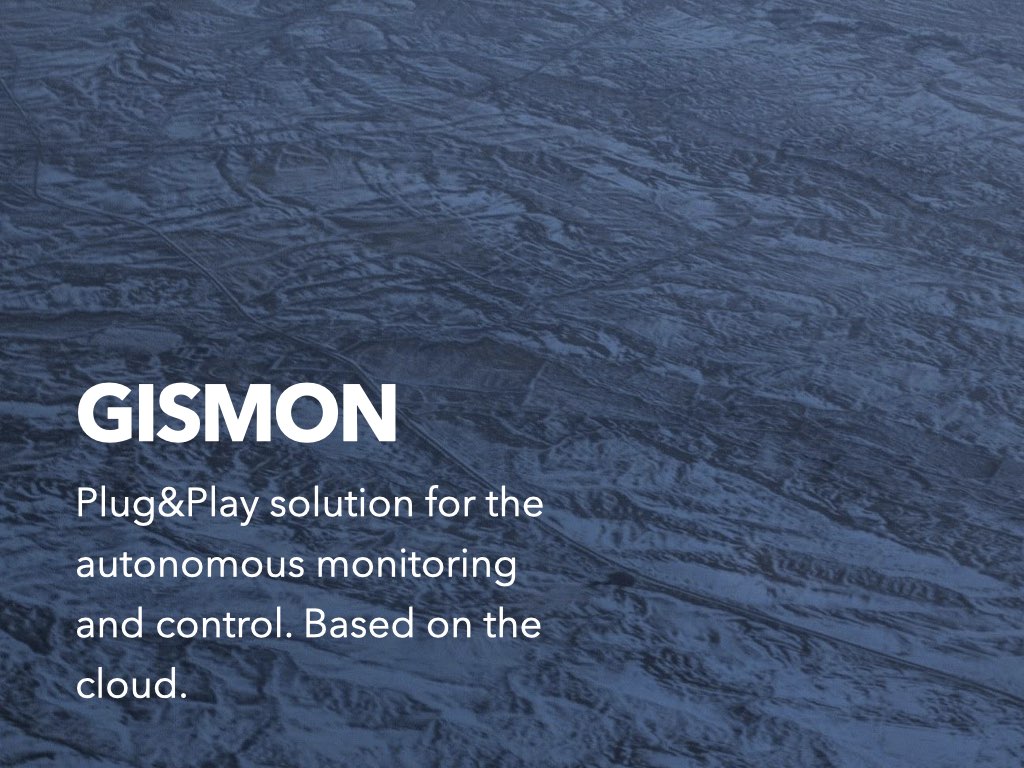Gismon is a powerful cloud-based solution that allows users to track, analyze and respond to changes in real time, ensuring the optimal health and productivity of agricultural, fishery and natural ecosystems, including protected spaces.
What do you need to happen to save time and money?
Gismon offers a complete set of features designed to meet the diverse needs of users in various industries. Whether you are a farmer looking to optimize crop growth, a fisherman monitoring water quality, or a conservationist safeguarding biodiversity, Gismon gives you the tools you need to stay informed and take proactive action.

One of Gismon’s key strengths lies in its ability to send timely alerts and trigger automated actions in response to predefined thresholds or anomalies. From temperature fluctuations and humidity levels to soil moisture and air quality, Gismon continuously monitors a wide range of environmental parameters, allowing users to mitigate risks and optimize resource allocation.
With Gismon, you can access real-time data and information from anywhere, anytime, through an intuitive web-based interface or mobile app. Whether you’re in the field or on the move, Gismon ensures you have the information you need to make informed decisions and drive positive results for your operations.

What can Gismon monitor?
- Temperature, humidity and atmospheric pressure (weather stations)
- Wind direction and speed.
- Rainfall measurements. Humidity and temperature of the leaves.
- Vaporization.
- Water conductivity.
- Diameter of the trunk/stem/fruit.
- Oxygen levels on land.
- Glow.
- Ultrasounds.
- Temperature, humidity and soil moisture.
- Solar and ultraviolet radiation.
What autonomous actions can Gismon take?
- Alerts via phone calls 24/7 for response from operations staff.
- Send notifications by SMS or instant messaging applications.
- Activate or deactivate lighting devices.
- Management of gates, valves and water motors.
- IoT device messaging (mqtt).
Why was Gismon invented?
Gismon was born after months of rain on the western coast of Galicia, where the opening of floodgates in the Tambre reservoir has further reduced salinity in the Noia estuary, threatening the survival of bivalves both on land and in the high seas. Read more (article in Spanish).

